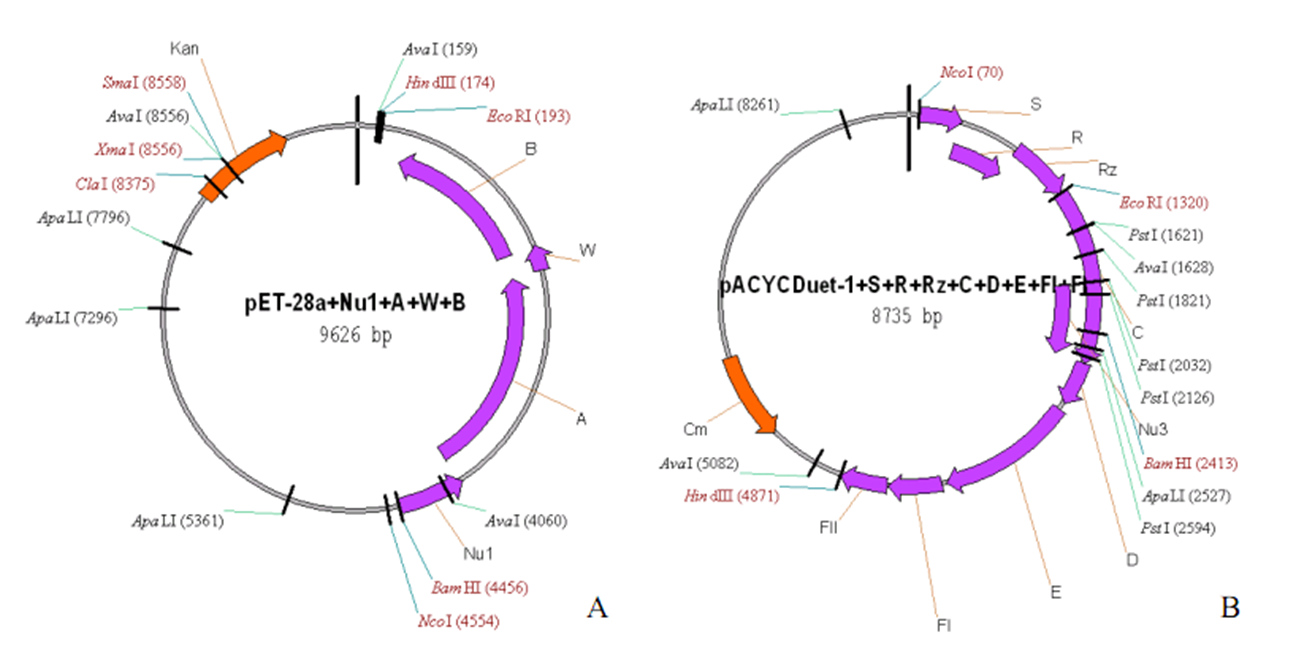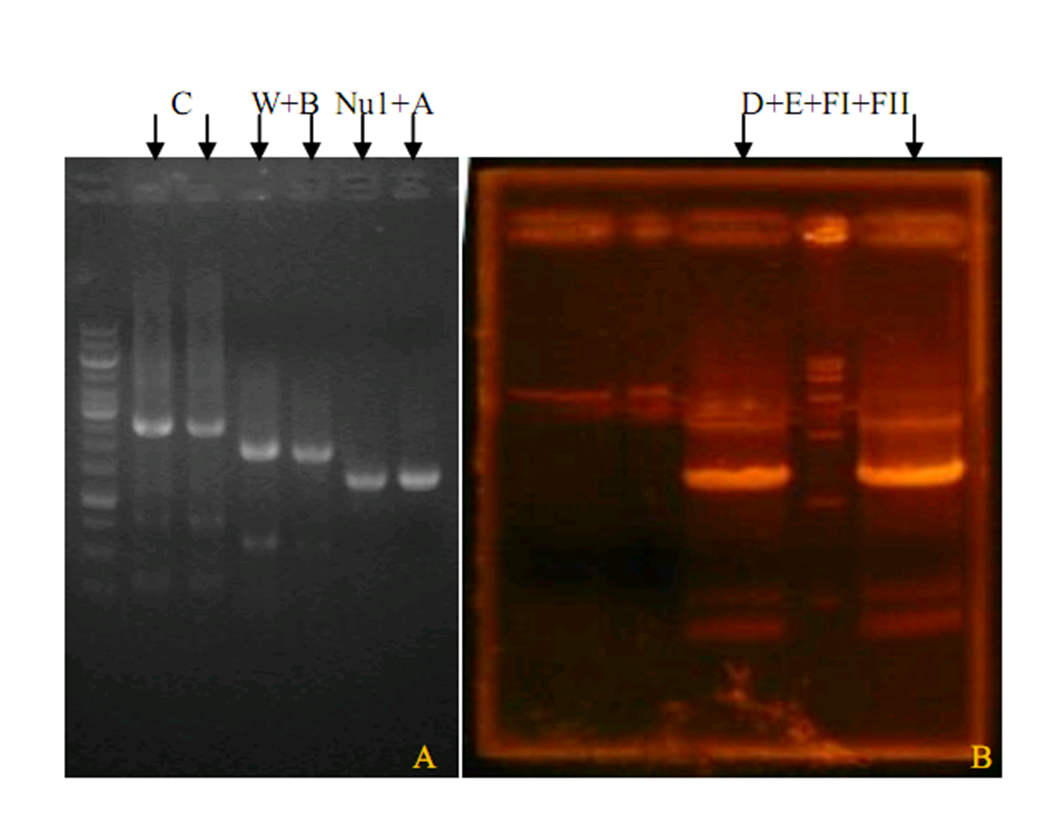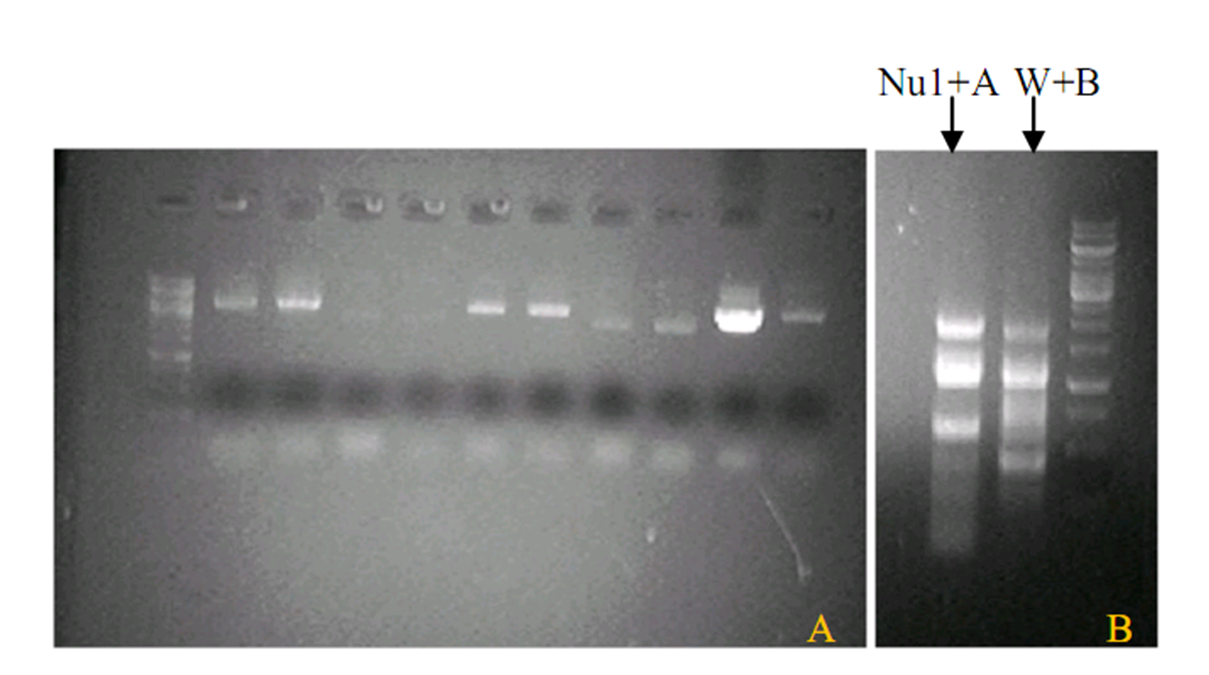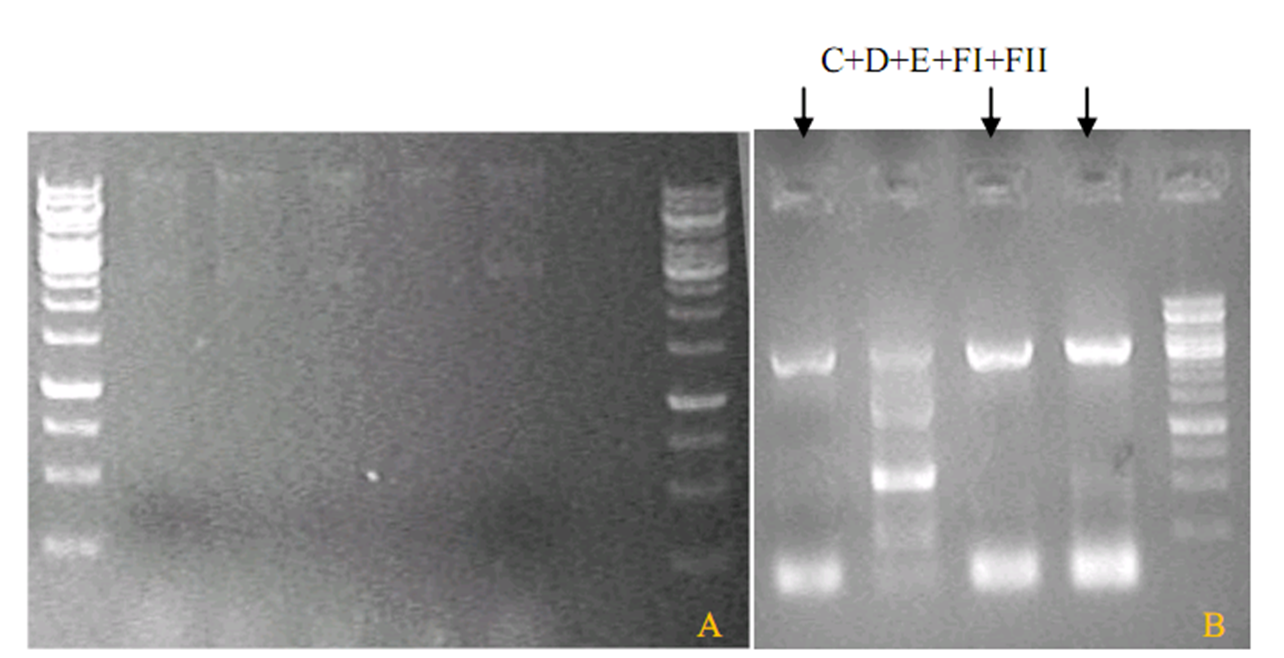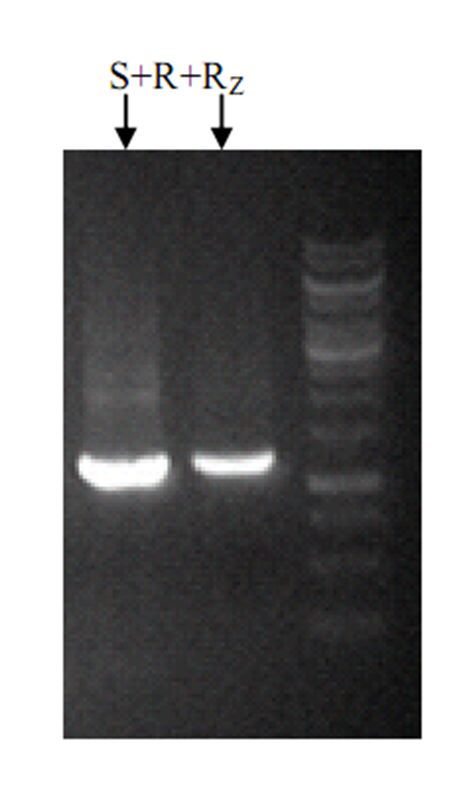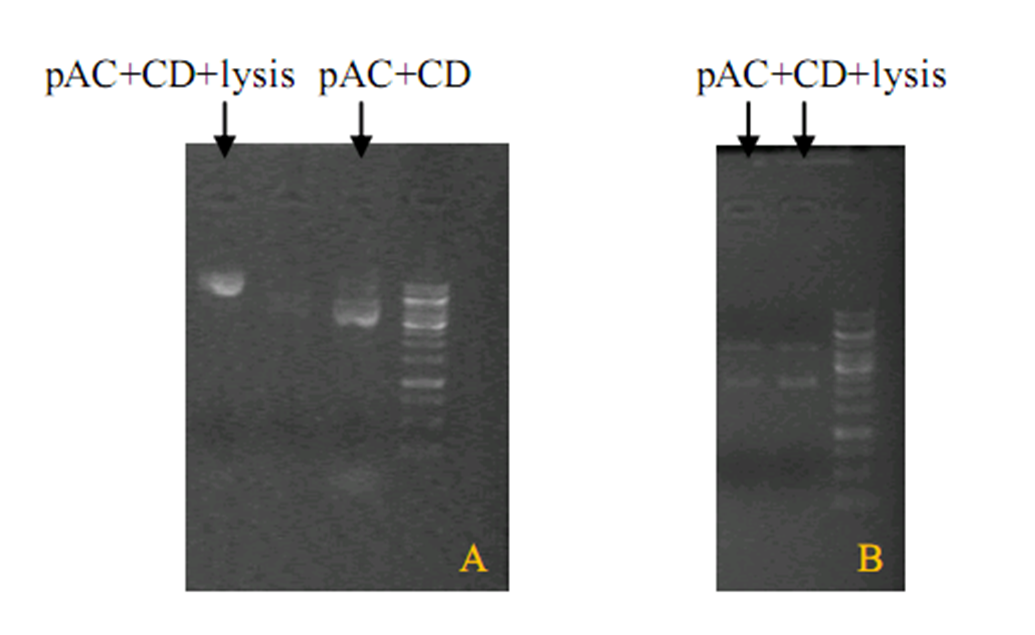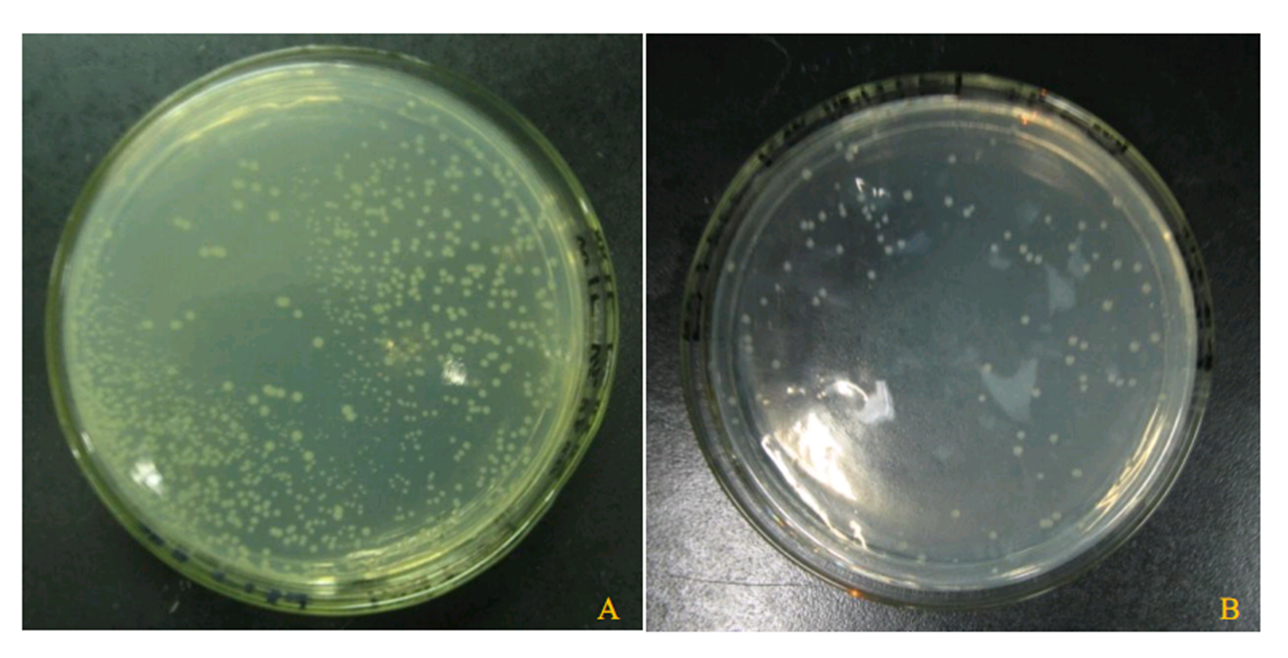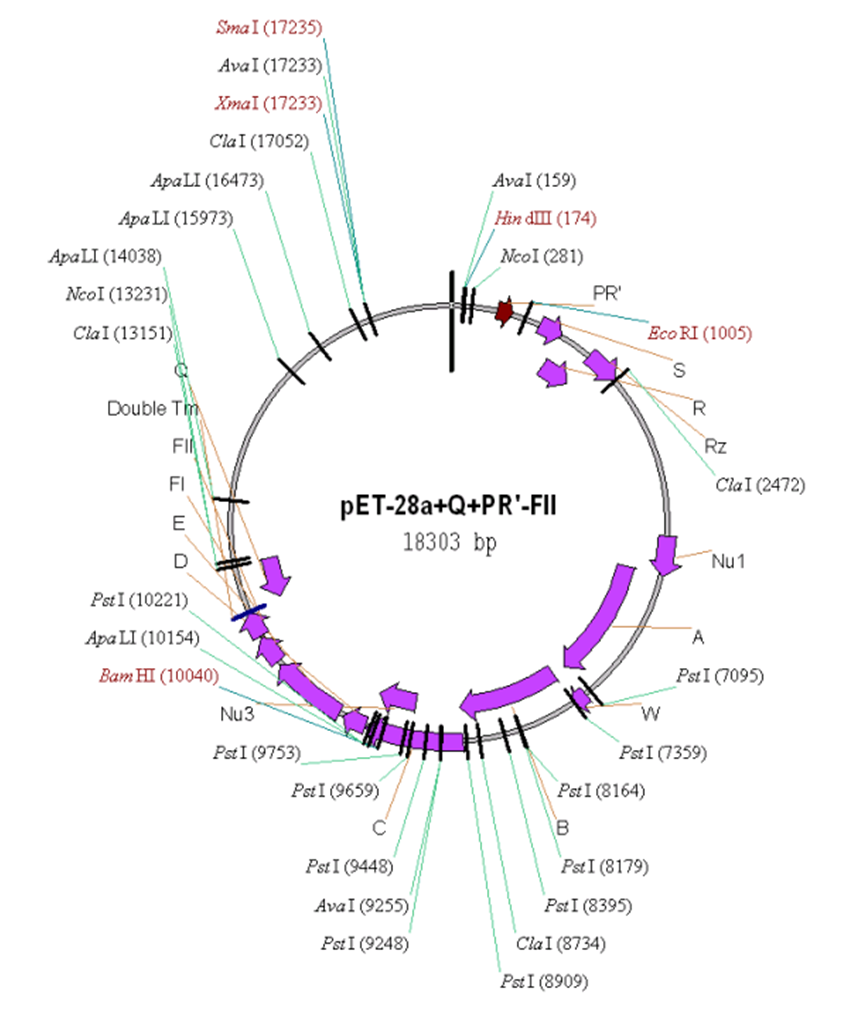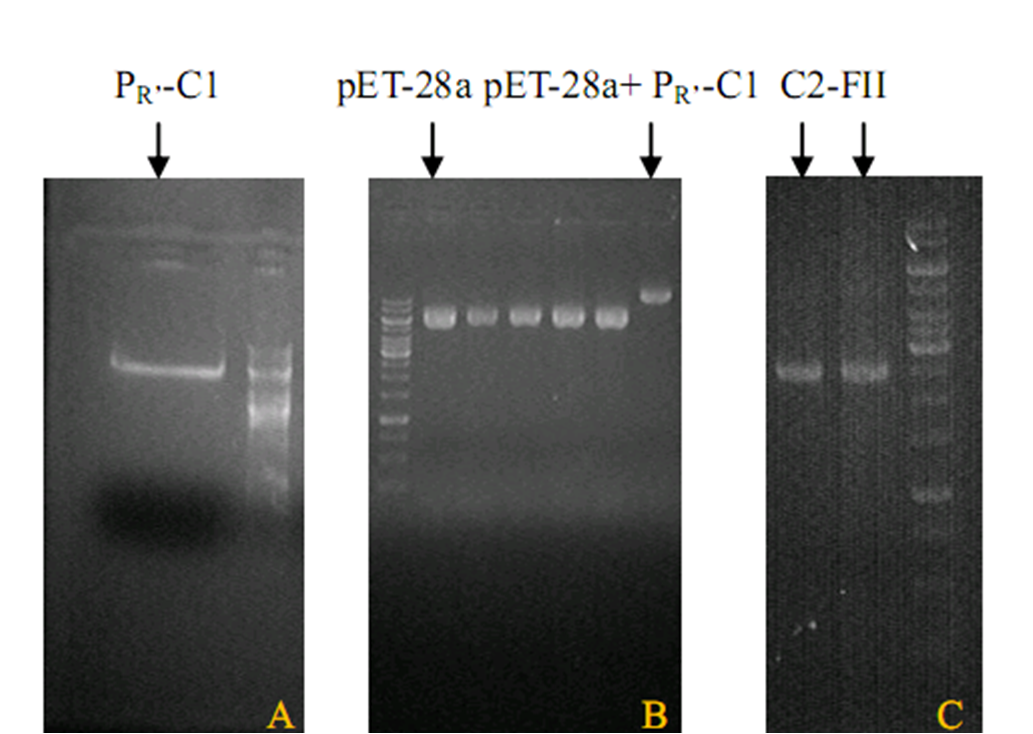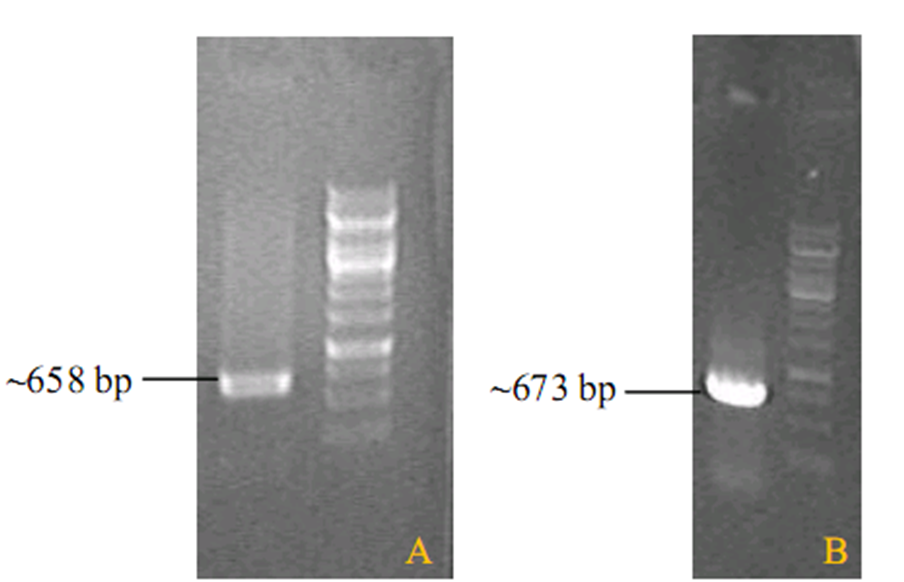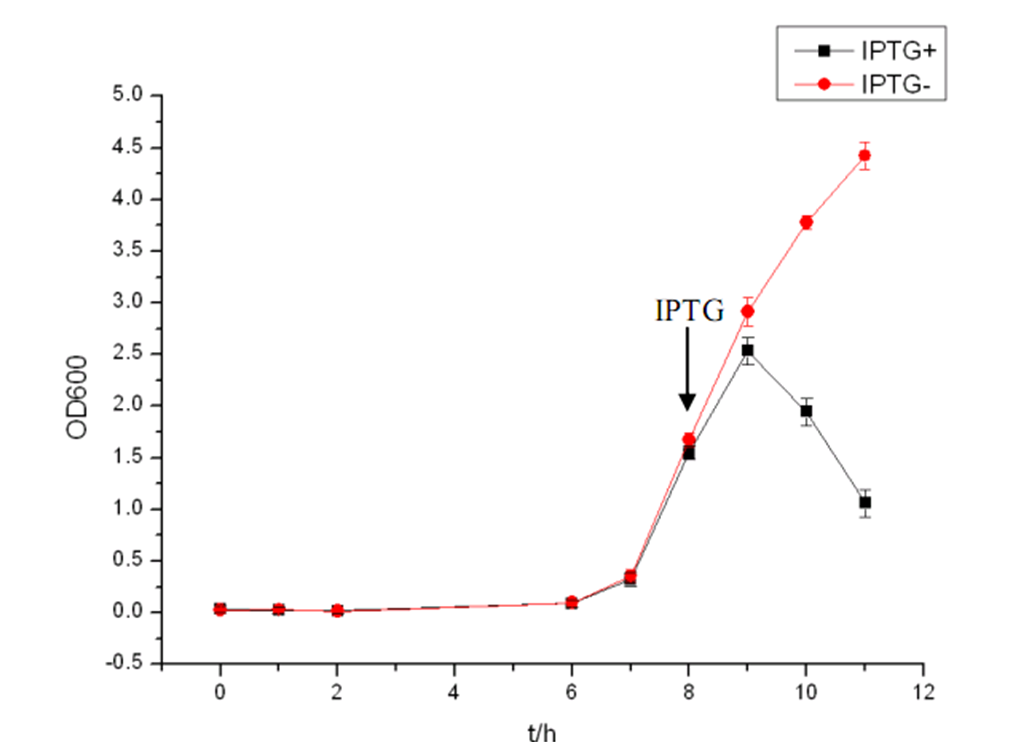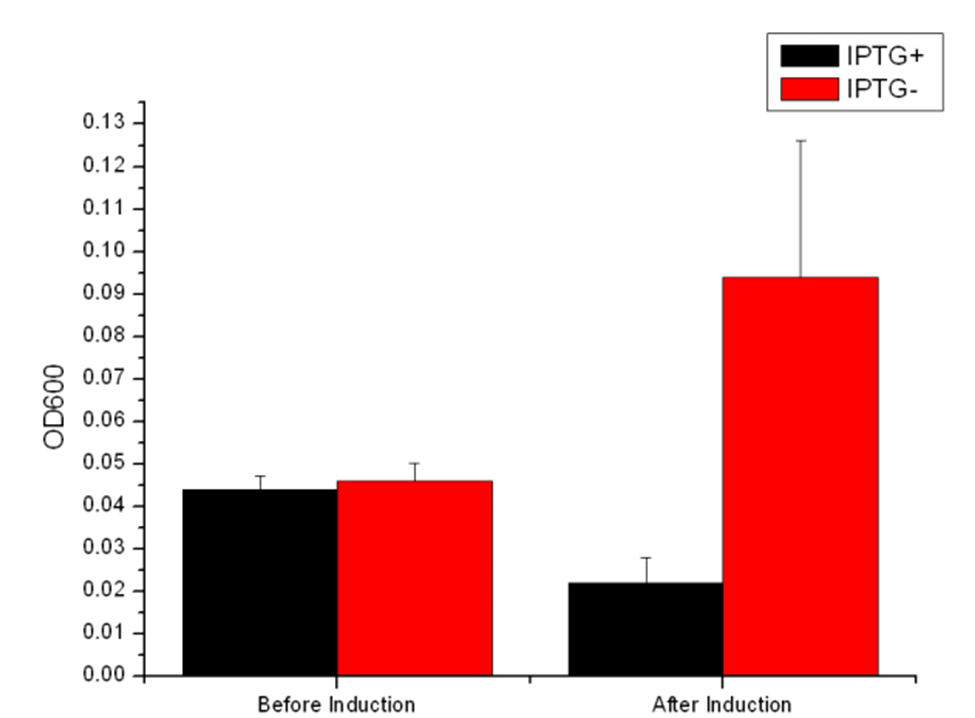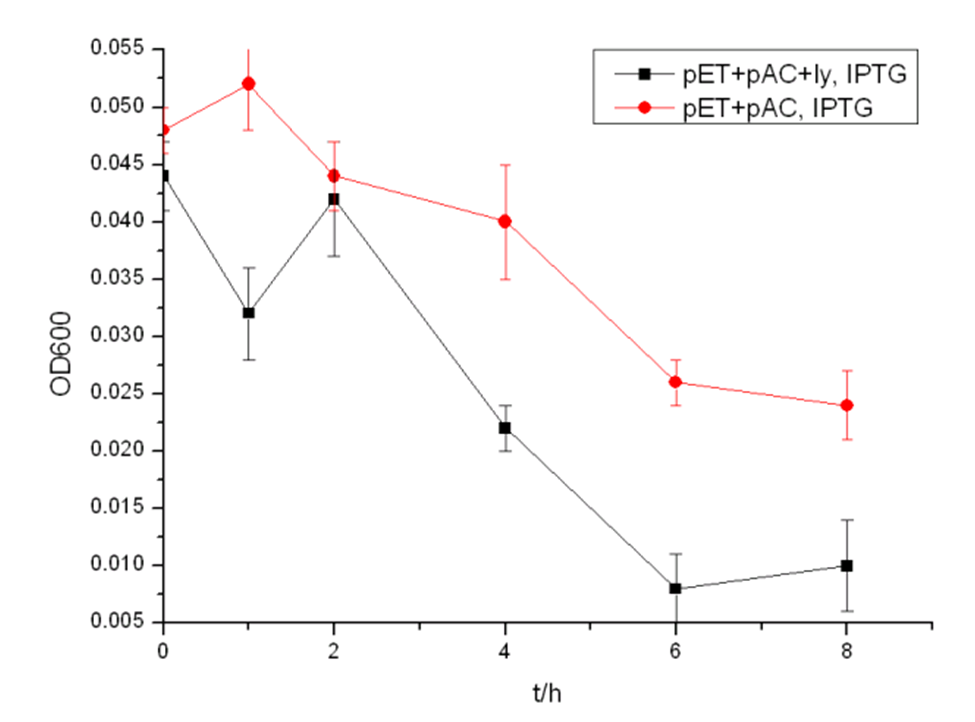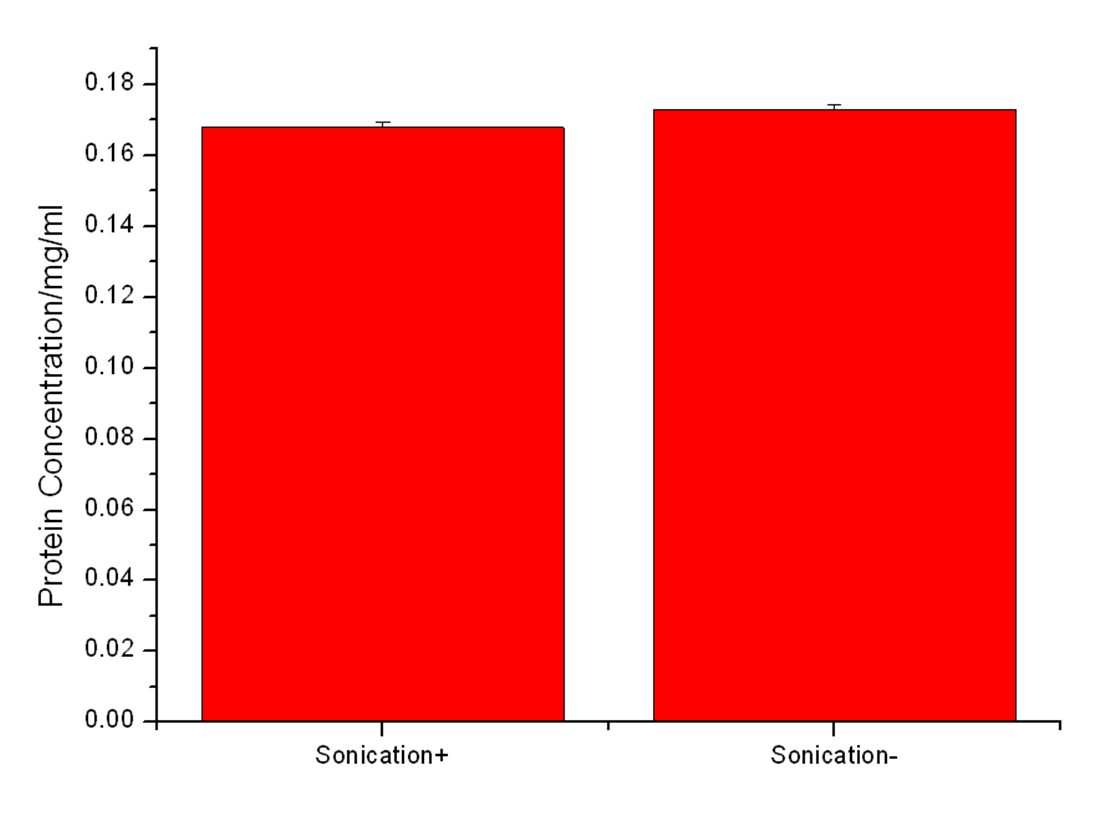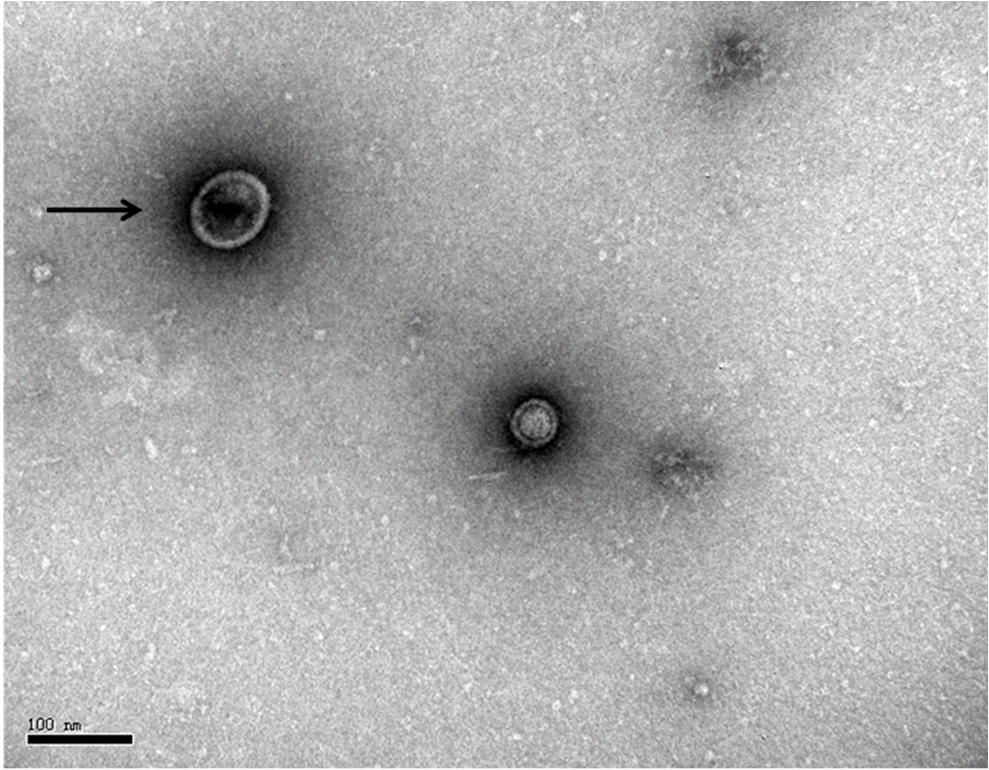Team:Tsinghua/Result1
From 2009.igem.org
Contents |
Synthesis of the Genome of GenSniper
As indicated in our project description, the Bottom-Up and Top-Down approaches are paralell and the accomplishment of one of them is sufficient for further characterization.
Bottom-Up Approach
Showed above are the maps of the GenSniper using bottom-up approach. The genes of Nu1, A, W, B and lysis genes (S, R, Rz) are incorporated into pET-28a, while C, D, E, FI and FII are synthesized into pACYCDuet-1. In other word, the GenSniper will have two linkage groups.
We have successfully cloned the Nu1-A, W-B, C and D-E-FI-FII gene segments from the bacteriophage lambda genome.
Positive clones of the two linkage groups of the GenSniper genome have been achieved (termed pACYCDuet-1+C+D+E+FI+FII and pET-28a+Nu1+A+W+B). After PCR of the purified recombinant plasmids, we can get the desired bands on the gels. Nonspecific bands are due to the low annealing temperature.
After constructing the GenSniper genome with the structral proteins we need, we further incorporated the lysis genes (S+R+Rz) into pACYCDuet-1+C+D+E+FI+FII.
Enzyme digestion identification confirmed that the cloning of pACYCDuet-1+S+R+Rz+C+D+E+FI+FII is correct.
After constructing all the desired clones, we had to testing their compatibility. A shows the plate after cotransformation of pET-28a+Nu1+A+W+B and pACYCDuet-1+C+D+E+FI+FII. B shows plate after cotransformation of pET-28a+Nu1+A+W+B and pACYCDuet-1+S+R+Rz+C+D+E+FI+FII. The result clearly indicates that they can work together, which provides the basis for the functioning of the proteins encoded by the GenSniper genome via Bottom-Up synthesis.
In summary, we have completed all the objectives in this section. The synthesized GenSniper genome should be functionally identified in the following experiments.
Top-Down Approach
The GenSniper genome synthesized by Top-Down approach only needs one plasmid. However, large DNA segment will be required for ligation, which will add difficulties to our experiment. The above picture is the map of the GenSniper genome with only one linkage group.
The large segment from Promoter R' to part of C in bacteriophage lambda (termed PR' to C1) is generated after circulization (the lambda genome we used are linear DNA of 48502 bp) and restriction enzyme digestion. The other segment needed (termed C2-FII) is generated via PCR.
After ligated PR'-C1 into pET-28a, we can see apparent loss of mobility on the agarose gel. However, PCR identification of part of segments on the PR'-C1 region failed to reflect any evidence for PR'-C1 incorporation.
Q gene on the lambda genome was also cloned for the induction of the expression of structral genes for GenSniper viroin package. We added a double direction terminator down stream of Q for the termination of transcription for both Q as well as lysis and structral genes.
In all, our Bottom-Up approach seems to have proceed faster than the Top-Down approach. Thus, we firstly used the GenSniper genome synthesized by Bottom-Up approach for further identification. Nevertheless, we reasoned that Top-Down approach do have the advantage for a larger chance of wildtype-like functioning.
 "
"
